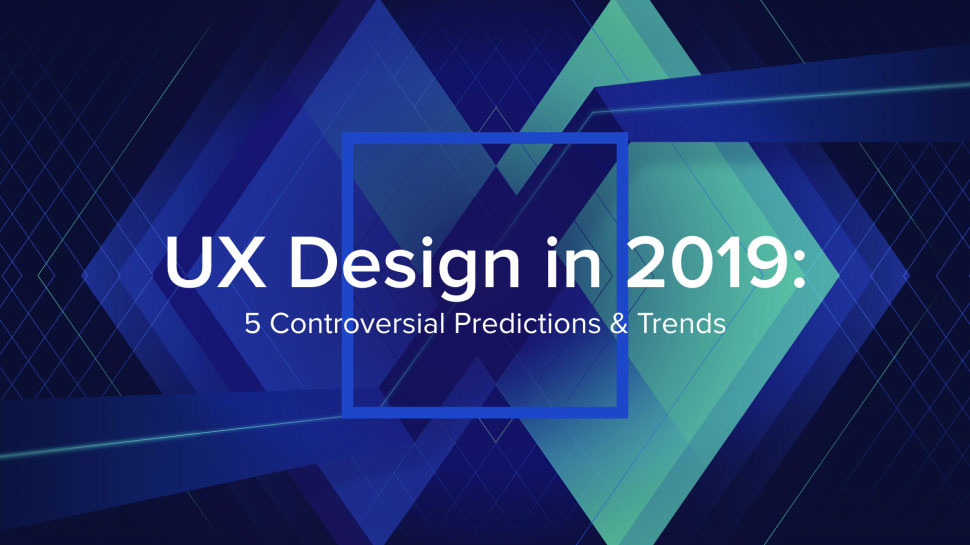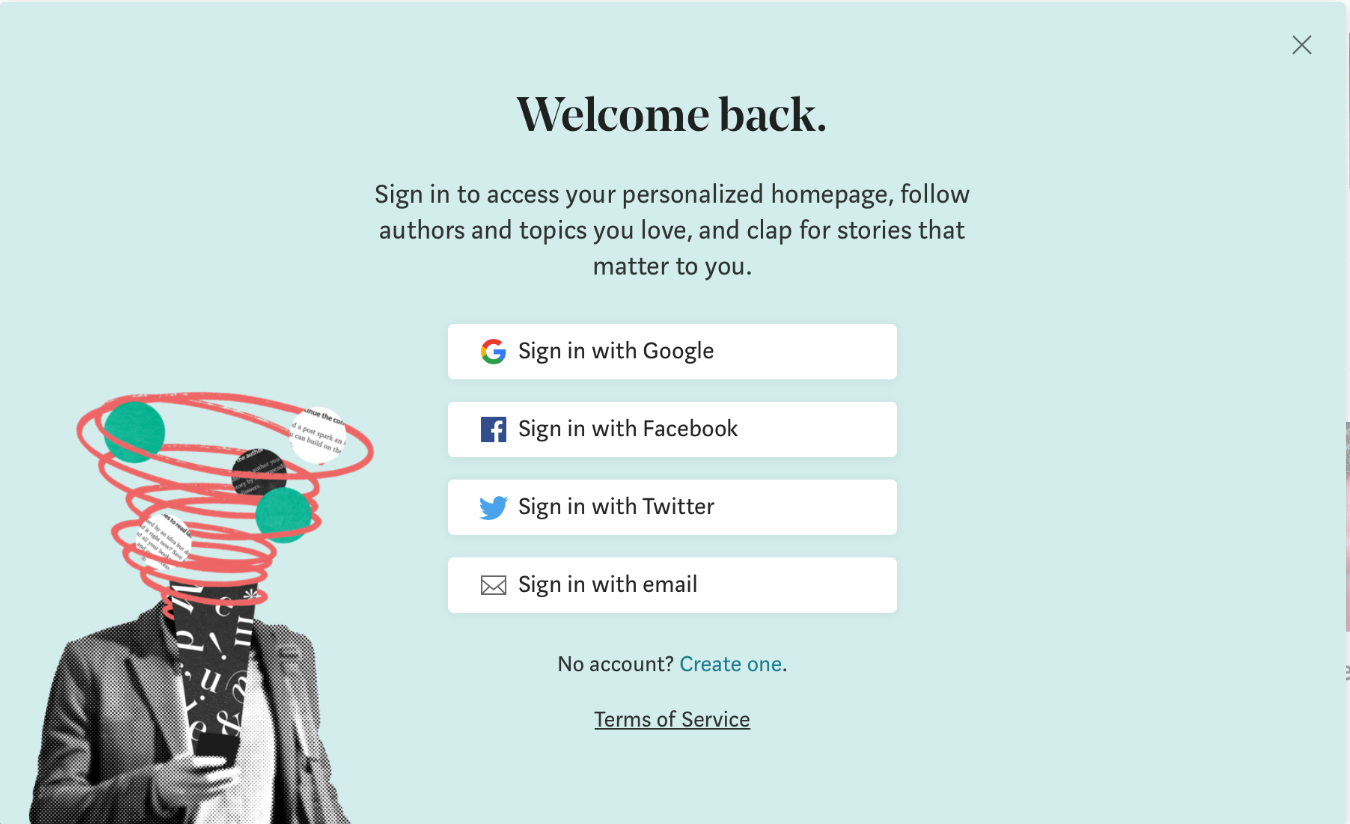5 controversial predictions for UX in 2019

At the end of each year, almost every inch of digital space is filled with summaries and predictions for the future. It's only natural. We all love to analyse the past and guess what the future holds. The same goes for design – we're naturally curious to know what will qualify as 'trendy' in the next 12 months. Unfortunately, too often those predictions are shallow and repetitive.
It seems that every lap around the sun in the past decade was predicted to be the year of minimalism, flat design and big typography. There's nothing inherently wrong with any of these design trends. They simply describe the aesthetic choices that are highly universal – if not slightly generic – and hence stay valid for way longer than 12 months. Listing them every year doesn't carry any benefit to the reader.
So instead of the classic list of repeated predictions, we've decided to take a more provocative and controversial angle. What makes these user experience trends controversial? They all point at the shortcomings of the design industry today, which should be re-addressed in the coming year. If we're right, 2019 will be an amazing year for the design industry (also see our guide to typography trends for 2019).
01. A refusal to conform
The uncertainty of global politics, with local turns towards populist radicalism, will be reflected in the design of 2019. Just as the Second World War inspired people to seek stability in the calmness and simplicity of mid-century modernism, we predict the current times will push designers towards a new form of postmodern non-conformism.
For some designers this may mean direct political engagement in terms of subject matter; for others it will centre around expressing skepticism and radicalism on a stylistic level. No more pastel colour palettes, minimalist interfaces and modernist illustrations. Instead, we expect 2019 to be about high-contrast colours, new forms of interactions and radical solutions that question the status quo. The angst of today will once more push design towards innovation.

If you think this sounds unlikely, think again: the first signs of these changes were already visible in 2018. Just take a look at this provocative illustration from Medium that shows a mobile device as a projector that turns your head into a tornado of ideas.
02. Better balance between form and function
Over the past five years, digital design became primarily concerned with the visual aspect. Designers kept repeating the Steve Jobs' famous words: "It's not just what it looks like and feels like. Design is how it works." At the same however, they spent more time than ever in vector-based design tools that limit designers' ability to plan and test complete, interactive experiences.
Daily design news, reviews, how-tos and more, as picked by the editors.
No wonder the dominant design trend of 2018 was not a breakthrough interactive pattern that provided exceptional usability and accessibility. In fact, it was a set of illustrations meant to convey a certain brand image. From the most popular communication tool to a great customer service company, in 2018 it seemed that everyone had websites full of illustrations loosely inspired by mid-century illustration styles. We can't escape it: the tools we use shape our designs.
In 2019 this trend is going to die. Why? First of all, design reduced to aesthetics cannot survive. Deprived of lasting value in the eyes of users and businesses, design will face a critical choice – regain its focus on the user, regain the balance between form and function, or move back to the times where design was an afterthought. And designers won't allow for the latter to happen.
Secondly, vector-design tools are about to face fierce competition from the next generation of tools: code-based design tools. Code-based tools such as UXPin bring advanced prototyping, accurate rendering and synchronisation with development without asking for any coding expertise. Those tools are going to start dominating the market in 2019 and will save design from being pushed towards pure aesthetics.
03. The rebirth of advanced prototyping
User-centred design will once again rule the design world in 2019. With it, advanced prototyping will regain its status. In 2018, the growing popularity of vector design tools meant prototyping interfaces was reduced to linking hotspots with static artboards and animating changes between predefined states. This approach limits how expressive designers can be, as well as their ability to test realistic prototypes with users. This won't continue in 2019.
Next year, designers will once again invest their time into advanced prototyping. Consideration for the human interacting with design will become more important than the struggle with aesthetic elements.
04. Accessible design
We believe the new tools, disregard for the status quo and re-establishing the position of the user at the centre of the design workflow will change something. Taking care of accessibility will become a natural part of every design process in 2019.
It's hard to believe, but until recently, no design tool had any accessibility features built in. Community-driven plugins were frequently broken by the lack of stability of design platforms. Nobody seemed to care enough to move those crucial features from the level of community effort to first-class feature category supported by a design tool maker. Hopefully in 2019, design will pay more attention to accessibility.
05. A union between design and engineering
As designers move to code-based design tools, a new possibility presents itself: the opportunity to work in concert with engineers. Vector tools pushed designers to their own silo and enforced a sequential 'hand-off' process. Even the noble concept of design systems often ended up with one source of truth residing in static vectors and the other in dynamic code.
Code-based design tools such as UXPin, Framer X and Modulz are able to seamlessly connect to a code repository and give designers access to the production code without requiring any coding expertise. With these tools, designers and engineers can have a common design system and keep their workflows in full sync.
Read more:
